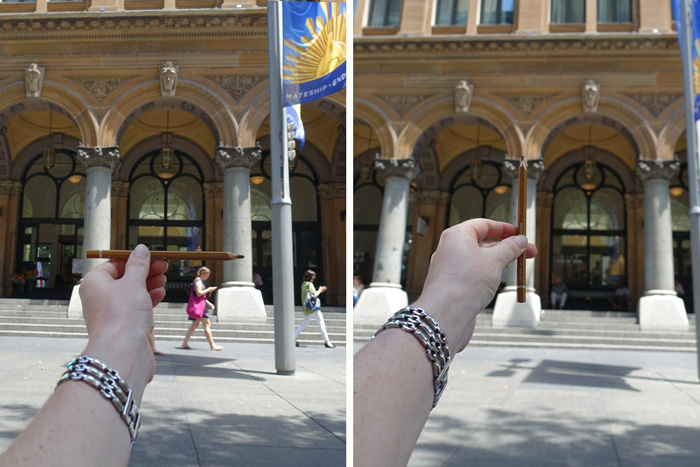
This week I have been thinking about ‘Measured Setup’. It’s the next lesson in my SketchingNow Foundations course that I am revisiting.
This was one of the more ‘painful’ lessons for many people since it seems a little tedious to have to measure everything and there is a real risk that this will take away the fun of sketching. Yet if accuracy is important you, have to master it!
But like a lot of things, once you understand the core concepts and techniques, you can then use them as much or as little as you need. For example, you might only need to measure a few important edges at the start of a sketch and then draw the rest by eye.
Accuracy is not always the number one priority when you are sketching (fast) and if you are focusing on something else, such as colour or texture, then you are probably going to end up with some kind of distortion. This in fact, is one of the great appeals of spontaneous sketching – through the imperfections of it, you can see more clearly what the artist was focusing on.

I drew a simple random composition on my desk this week – a water bottle, a boxed set of two small Le Corb books and Kevin the Kiwi (purchase from Auckland). I did my setup up quickly (with heavy lines so it would scan better) and I hope that you can see that by rushing the measuring process I ended up with a mess of lines.
So it is best to go slowly, use very faint lines (or small marks initially) and really concentrate exactly on what you are measuring. You can see that I got confused as to where I was measuring at the base of the water bottle and the extreme foreshortening of the books was tricky!
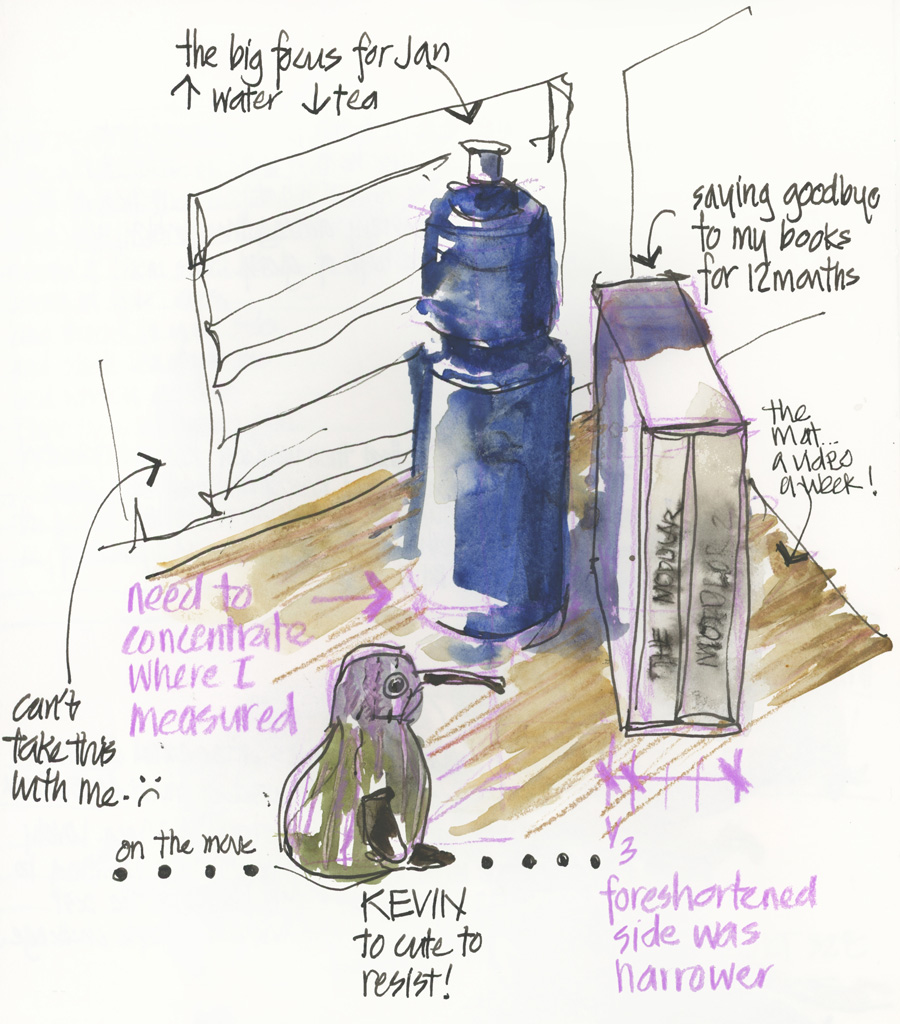
As soon as I started thinking ‘when should I start in pen?’ I picked up my pen and started drawing, making corrections on the fly. This is certainly not the most exciting sketch or composition, but it was a great exercise and I’m happy that I was able to convert it into a meaningful record of my life by making a few connections to my current situation. BTW I love adding notes to everyday sketches!
When I put this lesson together in December 2014, I was struck by how I had never before perceived extremely foreshortened sides of objects accurately. I always thought they were longer than they really were from my particular viewpoint. As a result, I drew these foreshortened sides too long unless I had done some measuring. I was always amazed when I did measure how short they were!
So ever since, I have really focused on improving my eye-ball measuring. Even when I am not sketching, I visually test myself all the time to see if my perception of length is accurate. And of course I do this before I start sketching as well.
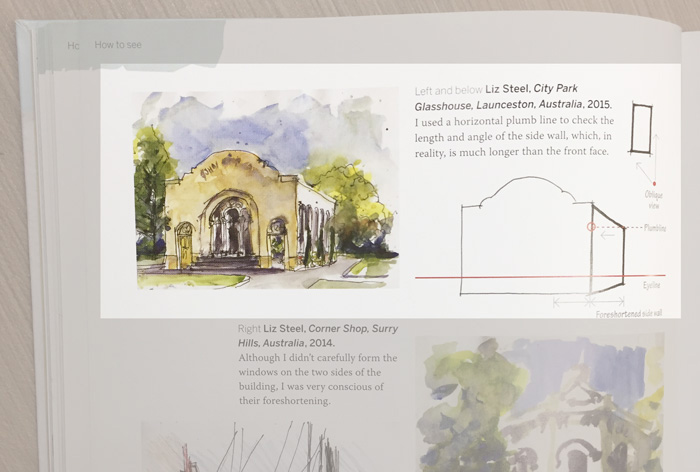
This excerpt from my book (Section: Quick Tips for Foreshortening) is one where I had a conversation in my head about the measurement of the side of the building before I started to sketch.
Oh! this is another big topic that I could discuss for hours, but I hope you have gotten something today to inspire you to do some measuring.
I would love to hear from you: How much measuring do you do? Is it a chore? Is accuracy a huge deal for you?
This is part of a series Foundations Friday where I am revisiting the lessons of my SketchingNow Foundations online class, and exploring the concepts in a new way. To find out more about the course click here.




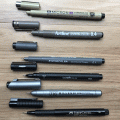
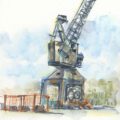

4 Comments
Thank you for sharing!
I have to work more on measuring but right now I’m trying to focus on seeing where one edge / line meets another and what angle that makes. Measuring with my pen would probably help quite a bit but I’m trying to train my eye to see or more my brain to understand what my eye is seeing.
Liz, thank you for your posts. I do so enjoy your instruction and notes incorporated on the pages of your sketches.
I have not done any plain-air painting for many, many years. I find that now, even when I am driving, walking or looking out my windows I am “looking” differently at what I see. Buildings have frightened me, because of I accuracy in my attempts. I can see how your foundation in archeitecture has helped guide your eyes and hand.
Thanks for such clear directions. Practice, practice, practice is surely the key. I am not as concerned about precision accuracy but believable accuracy! Thank you again. I love reading your posts and enjoy your watercolor sketches very much.
thanks for your comment Bernadette – all the best with your journey!!! Yes believable rather than precise is what to aim for!
NEWSLETTER
Subscribe for first notification of workshop + online classes and more.